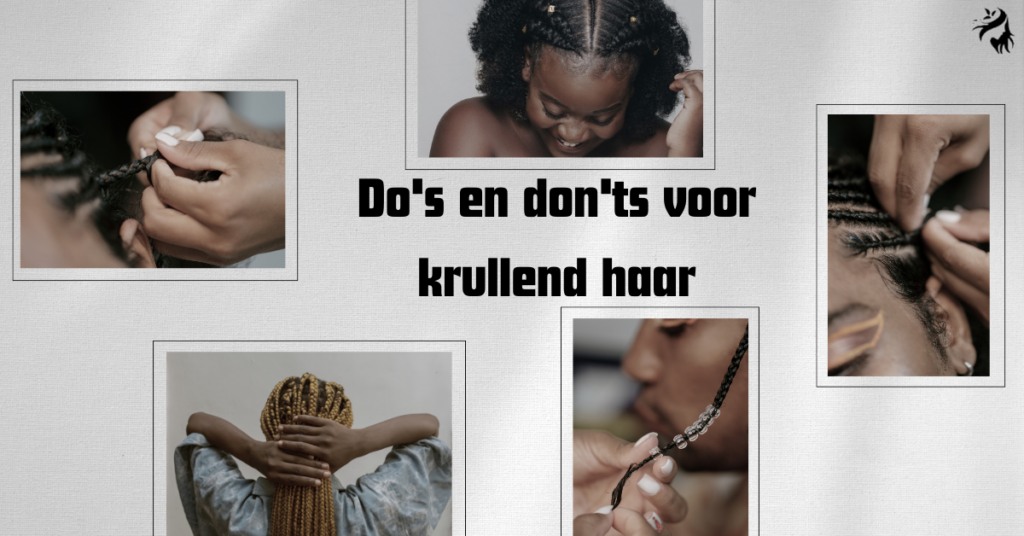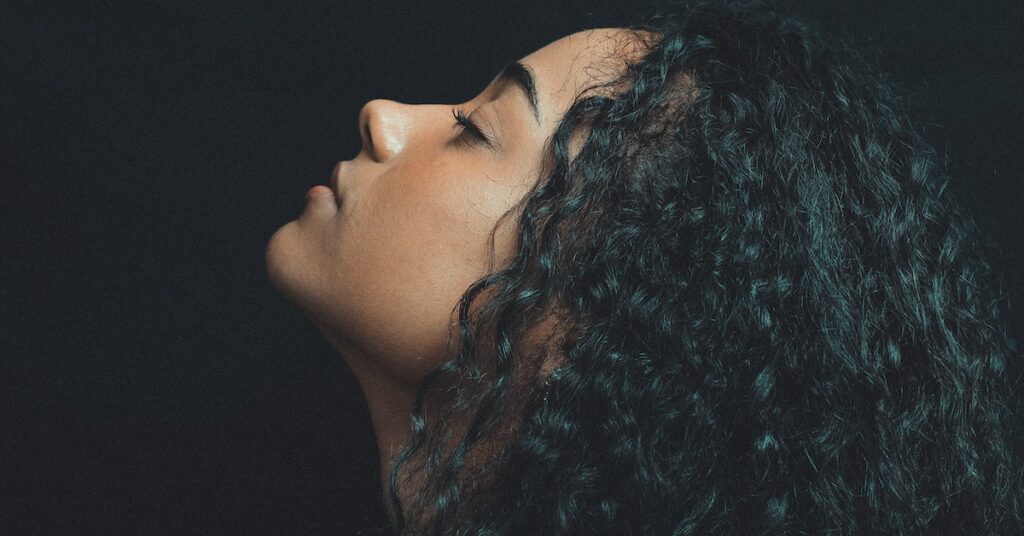Hair -like other elements of the organism-, is genetically determined by different factors and has a high hereditary component, so that characteristics are inherited from parents to children, such as hair color, thickness, etc.
We can classify the type of hair based on different parameters:
- Amount of oil on the scalp (oily, dry, normal)
- Amount of water in the hair
- Thickness of hair
- Hair color
- Hair shape (straight, curly, etc.)
We leave the rest of these classifications for another post to focus this time only on the production of fat by the sebaceous glands.
Hair types
In this classification, we find oily hair, dry hair, and normal hair. Below we explain the characteristics of each of them so that you can determine what type of hair you have.
Do you have oily hair?
Oily hair: it is the one that contains in its covering a greater amount of fat. The sebaceous glands, responsible for the production of fat that is part of the natural protection of the hair and also of the skin, produce a greater amount of fat. They are hair that at the end of a day is matted by fat. They shine for the fat and the person may have the appearance of not being well-groomed.
The sebaceous glands with age can produce less fat, which is why it is more common to find greasy hair in the young population, and dry hair in older people.
Sex also influences the production of the sebaceous glands. In males, sebaceous production is higher than in females. That is why oily hair occurs more frequently in males.
Dry hair, your worst enemy?
Dry hair: it is hair with little fat. Unlike in oily hair, the production of oil by the sebaceous glands is usually diminished.
People with dry hair tend to also have dry scalps. This dryness in this area of the skin can cause itching and peeling. Dry scalp can be uncomfortable.
The low amount of fat prevents the water in the hair from remaining in the hair, and that is why dry hair is also dehydrated.
Normal hair, balanced hair
Normal hair: it is hair that contains a balanced amount of fat: it does not present an excess or a deficit of fat. Their appearance is shiny hair, and good looking or healthy-looking.
Whatever hair you have, hair care and hygiene are very important to maintain its balance. The products we use for hair care and hygiene must be carefully formulated to adapt to the type of hair we have.

















